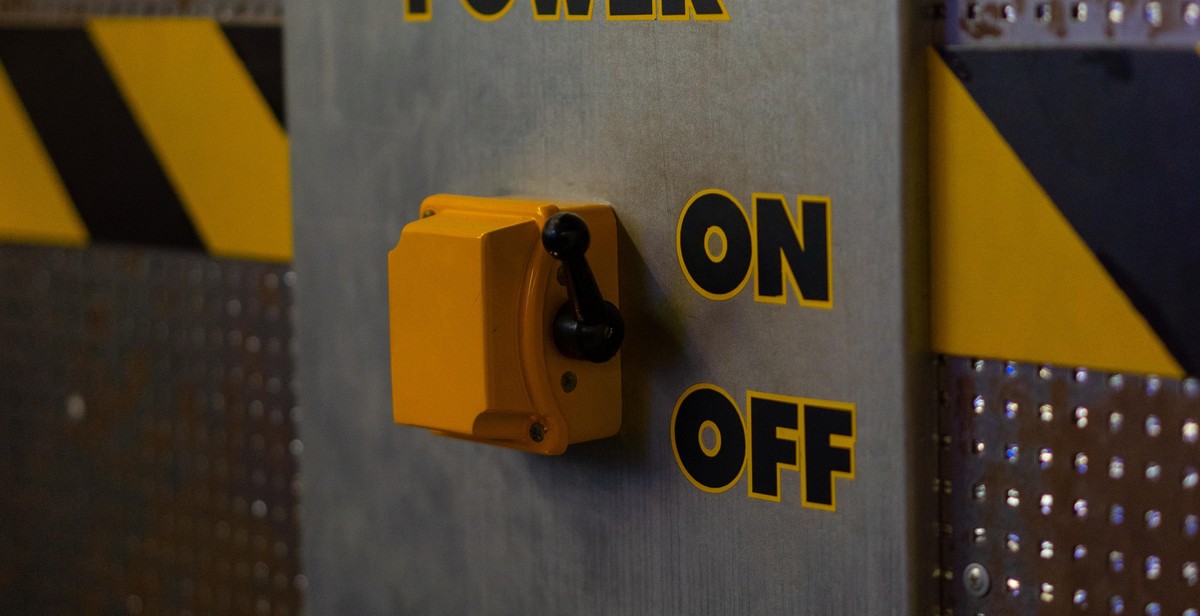How to Protect Your Home from Identity Theft: Tips for Safeguarding Your Personal Information
Identity theft is a growing concern in today’s digital age. With the increase in online transactions and the ease of access to personal information, it has become easier for thieves to steal identities and wreak havoc on people’s lives.
Identity theft can happen to anyone, regardless of age, gender, or socioeconomic status. It can result in financial loss, damage to credit scores, and even legal problems. It can take years to restore your identity and regain your financial stability.
What is Identity Theft?
Identity theft occurs when someone uses your personal information without your permission to commit fraud or other crimes. This includes stealing your name, Social Security number, credit card information, and other personal data.
Identity thieves can get your personal information in a variety of ways, including:
- Hacking into your computer or smartphone
- Stealing your mail or trash
- Posing as a legitimate business or government agency
- Skimming your credit card or ATM information
Why is Identity Theft a Concern?
The consequences of identity theft can be devastating. In addition to financial loss, it can damage your credit score and make it difficult to get loans, credit cards, and even employment. It can also lead to legal problems, as you may be held responsible for debts and crimes committed in your name.
Protecting your personal information is essential in today’s world. There are steps you can take to safeguard your identity and prevent identity theft from happening to you.

Protecting Your Home: Tips for Safeguarding Your Personal Information
Identity theft is a growing concern for homeowners. Criminals can steal your personal information from your mailbox, trash, and even your home. To protect yourself from identity theft, you need to take proactive measures to safeguard your personal information. Here are some tips to help you protect your home:
Secure Your Mailbox
One of the easiest ways for criminals to steal your personal information is by stealing mail from your mailbox. Make sure your mailbox is secure by using a locking mailbox or installing a mailbox with a slot that is too small for someone to reach in and grab your mail. If you are going on vacation, ask a trusted neighbor or friend to collect your mail or have it held at the post office.
Shred Your Documents
Identity thieves can also get your personal information by going through your trash. Make sure to shred any documents that contain sensitive information before throwing them away. This includes bank statements, credit card statements, and any other documents with personal information.
Lock Up Your Personal Information
Keep important documents and personal information in a safe or a locked file cabinet. This includes your social security card, passports, and birth certificates. If you have any old credit cards or IDs, make sure to cut them up and dispose of them properly.
Install a Security System
One of the best ways to protect your home from identity theft is by installing a security system. A security system can help deter criminals from attempting to break into your home. Make sure to choose a security system that includes cameras and motion sensors. This will help you monitor any suspicious activity around your home.
| Tips | Description |
|---|---|
| Secure Your Mailbox | Use a locking mailbox or mailbox with a small slot; have mail held when away |
| Shred Your Documents | Shred any documents with personal information before throwing them away |
| Lock Up Your Personal Information | Keep important documents and personal information in a safe or locked file cabinet |
| Install a Security System | Choose a security system with cameras and motion sensors |
By following these tips, you can help protect your home from identity theft. Remember, prevention is key. Take proactive measures to safeguard your personal information and keep your home secure.

Online Security Measures
With technology advancing rapidly, online security has become a crucial aspect of safeguarding your personal information. Here are some essential measures to take:
Use Strong Passwords
One of the easiest ways to protect your online accounts is by using strong passwords. A strong password should be at least 12 characters long, include a mix of uppercase and lowercase letters, numbers, and symbols. Avoid using personal information such as your name, birthday, or address as part of your password. It’s also important not to reuse passwords across multiple accounts.
Enable Two-Factor Authentication
Two-factor authentication provides an extra layer of security by requiring a second form of identification, such as a code sent to your phone or email, in addition to your password. Enabling two-factor authentication can prevent unauthorized access to your accounts, even if your password is compromised.
Be Cautious with Emails and Links
Cybercriminals often use email and links to gain access to personal information. Be cautious when opening emails from unknown senders or clicking on links in emails, social media, or other websites. Always verify the authenticity of the sender and website before providing any personal information.
Monitor Your Accounts Regularly
Regularly monitoring your accounts for any suspicious activity can help detect unauthorized access early. Check your bank statements, credit reports, and online accounts regularly for any unusual activity or changes. If you notice any unauthorized activity, report it immediately to the relevant authorities.
In Conclusion
By taking these online security measures, you can protect your personal information from identity theft and cyber-attacks. Remember to always be cautious and proactive in safeguarding your online accounts and personal information.

Additional Tips for Protecting Your Home from Identity Theft
Opt-Out of Marketing Lists
Marketing lists are a common source of personal information for identity thieves. To minimize your risk, opt-out of marketing lists whenever possible. You can do this by contacting the companies directly or by using a service like DMAchoice.org to manage your preferences.
Don’t Share Too Much Information
Be cautious about sharing personal information online or over the phone. Avoid giving out your Social Security number, birthdate, or other sensitive information unless it’s absolutely necessary. If you’re unsure whether a request for information is legitimate, ask to call the company back and verify the request.
Be Aware of Scams and Phishing Attempts
Scammers and identity thieves often use phishing attempts to trick you into giving up your personal information. These scams can come in the form of emails, phone calls, or even fake websites. Be wary of unsolicited requests for information and always double-check the sender’s email address or phone number. If you suspect a scam, report it to the Federal Trade Commission (FTC).
- Never click on suspicious links or download attachments from unknown sources.
- Be cautious of emails that request urgent action or threaten consequences for not complying.
- Keep your computer security software up-to-date to help protect against malware and viruses.
Conclusion
By following these additional tips, you can help safeguard your personal information and protect your home from identity theft. Remember to stay vigilant and always be cautious when sharing sensitive information.

Conclusion
Protecting your home from identity theft is an ongoing process that requires constant vigilance and attention to detail. By implementing the tips and strategies outlined in this article, you can significantly reduce the risk of falling prey to identity theft.
Stay Aware of the Risks
One of the most important steps you can take is to stay aware of the risks and be proactive in protecting your personal information. This includes being cautious about who you share your information with, regularly monitoring your credit reports and financial statements, and being mindful of phishing scams and other fraudulent activities.
Secure Your Home and Devices
Another key aspect of protecting your home from identity theft is ensuring that your devices and networks are secure. This means using strong passwords, keeping your software and security systems up to date, and being careful about what you download and install on your devices.
Be Prepared for the Worst
Despite your best efforts, there is always a risk of identity theft. That’s why it’s important to be prepared for the worst by having a plan in place in case you become a victim. This includes knowing how to report and resolve identity theft, as well as having a backup plan for your finances and personal information.
- Regularly monitor your credit reports and financial statements
- Use strong passwords and keep software and security systems up to date
- Be cautious about who you share your information with
- Know how to report and resolve identity theft
- Have a backup plan for your finances and personal information
By following these tips and staying vigilant, you can protect your home and personal information from identity theft and enjoy greater peace of mind.
